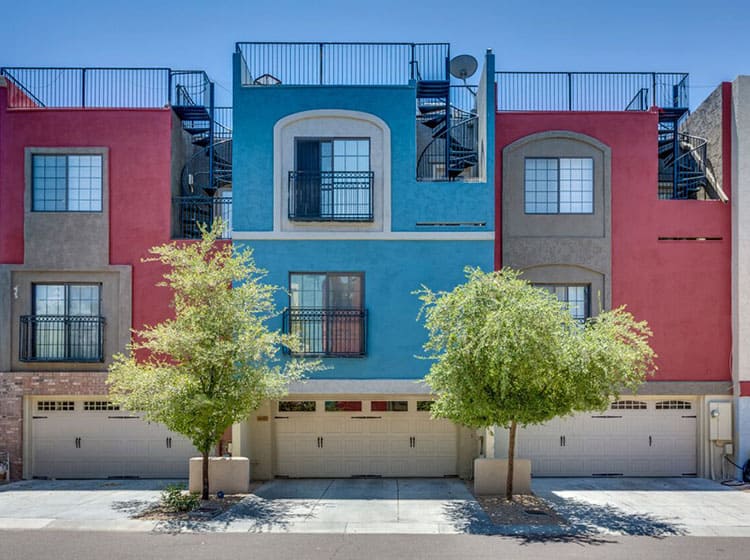Comprehending Seasonal Influences On Commercial Outside Paint: Necessary Expertise For Success
Comprehending Seasonal Influences On Commercial Outside Paint: Necessary Expertise For Success
Blog Article
Write-Up By-Ford Bagger
When you're intending an industrial outside paint task, seasonal elements can make or damage your results. You'll wish to consider just how temperature and humidity effect paint application and drying out times. Choosing the best season can ensure your paint sticks effectively and lasts longer. But which seasons are truly the most effective for this type of work? Allow's check out the crucial elements that can affect your project's success.
The Impact of Temperature on Paint Application
When you're planning a commercial external paint job, the temperature level can substantially influence just how well the paint adheres and dries.
Ideally, you wish to repaint when temperature levels range in between 50 ° F and 85 ° F. If it's as well chilly, the paint may not heal correctly, bring about problems like peeling or splitting.
On the flip side, if it's too warm, the paint can dry out too swiftly, preventing appropriate bond and resulting in an uneven coating.
You ought to also think about the time of day; morning or late afternoon supplies cooler temperature levels, which can be extra desirable.
Always examine the supplier's referrals for the certain paint you're making use of, as they often give support on the excellent temperature range for optimal results.
Humidity and Its Result on Drying Times
Temperature level isn't the only environmental aspect that affects your industrial external painting task; humidity plays a considerable role also. High moisture levels can reduce drying out times substantially, influencing the overall quality of your paint work.
When the air is filled with dampness, the paint takes longer to heal, which can cause problems like inadequate bond and a higher threat of mold development. If you're painting on an especially humid day, be planned for extended wait times between coats.
It's critical to keep an eye on regional weather conditions and strategy appropriately. Preferably, aim for humidity degrees in between 40% and 70% for optimum drying.
Maintaining these factors in mind ensures your project remains on track and delivers an enduring surface.
Best Seasons for Commercial Outside Paint Projects
What's the most effective time of year for your commercial outside painting tasks?
navigate to this web-site and very early fall are generally your best bets. Throughout these periods, temperature levels are mild, and moisture degrees are frequently lower, creating excellent conditions for paint application and drying.
painting walls and ceiling the same colour , which can create paint to dry also promptly, leading to poor bond and finish. Similarly, winter season's cold temperature levels can prevent correct drying and treating, taking the chance of the long life of your paint work.
Aim for days with temperatures in between 50 ° F and 85 ° F for optimal outcomes. Keep in mind to examine the neighborhood weather prediction for rainfall, as wet conditions can destroy your task.
Planning around these elements ensures your painting project runs smoothly and lasts longer.
Final thought
In conclusion, planning your industrial outside painting tasks around seasonal considerations can make a considerable distinction in the end result. By scheduling job throughout the perfect temperature levels and moisture degrees, you'll guarantee better attachment and drying times. Bear in mind to keep an eye on local weather prediction and choose the right time of year-- spring and early fall are your best bets. Taking these actions will certainly aid you achieve a durable and professional finish that lasts.
